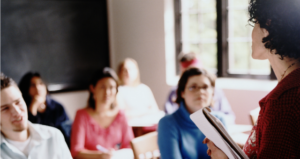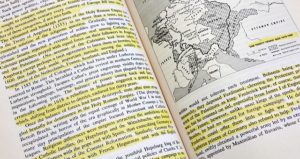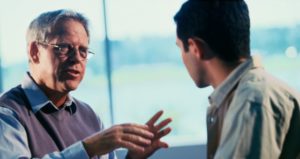
Can We Teach Students How to Pay Attention?
I need to start out by saying that the article I’m writing about here isn’t for everyone. It’s not like any pedagogical piece I have ever read, and I’ve read quite a few. My colleague Linda Shadiow put me onto it, and although the article







